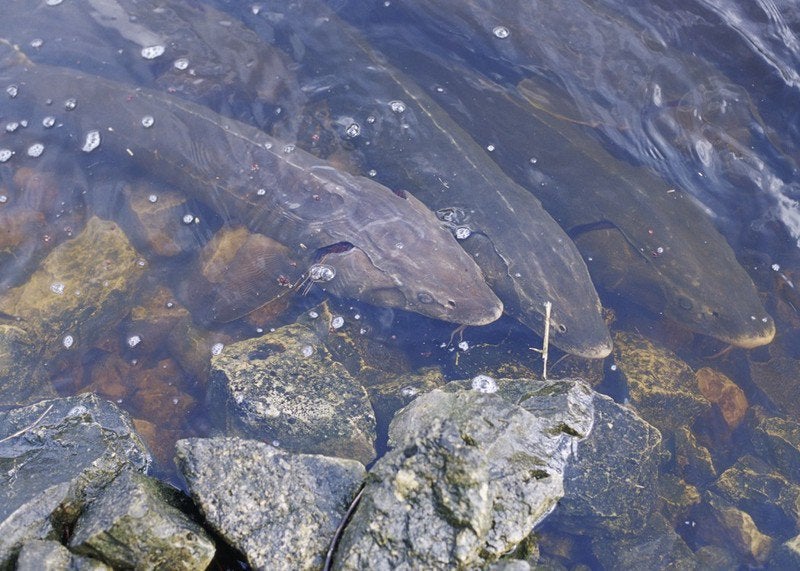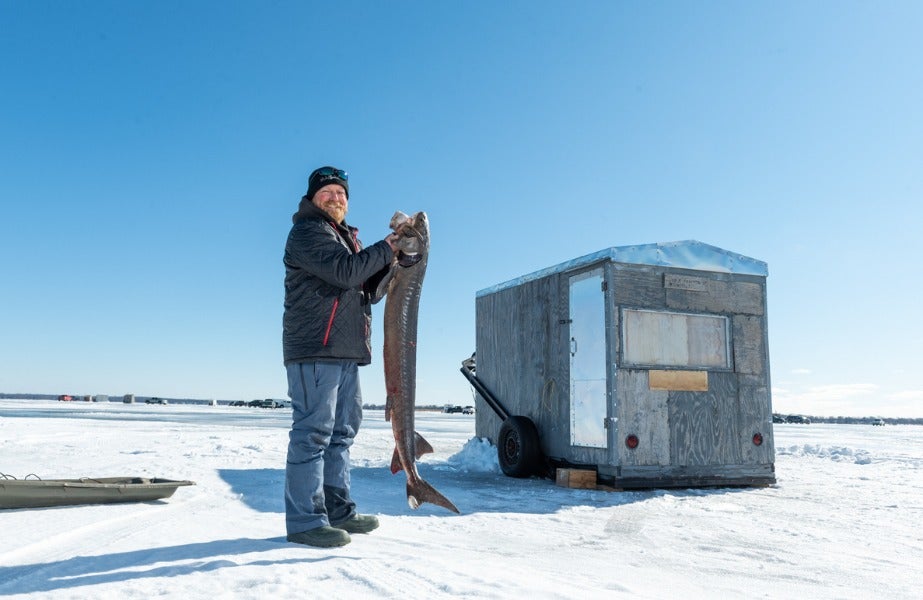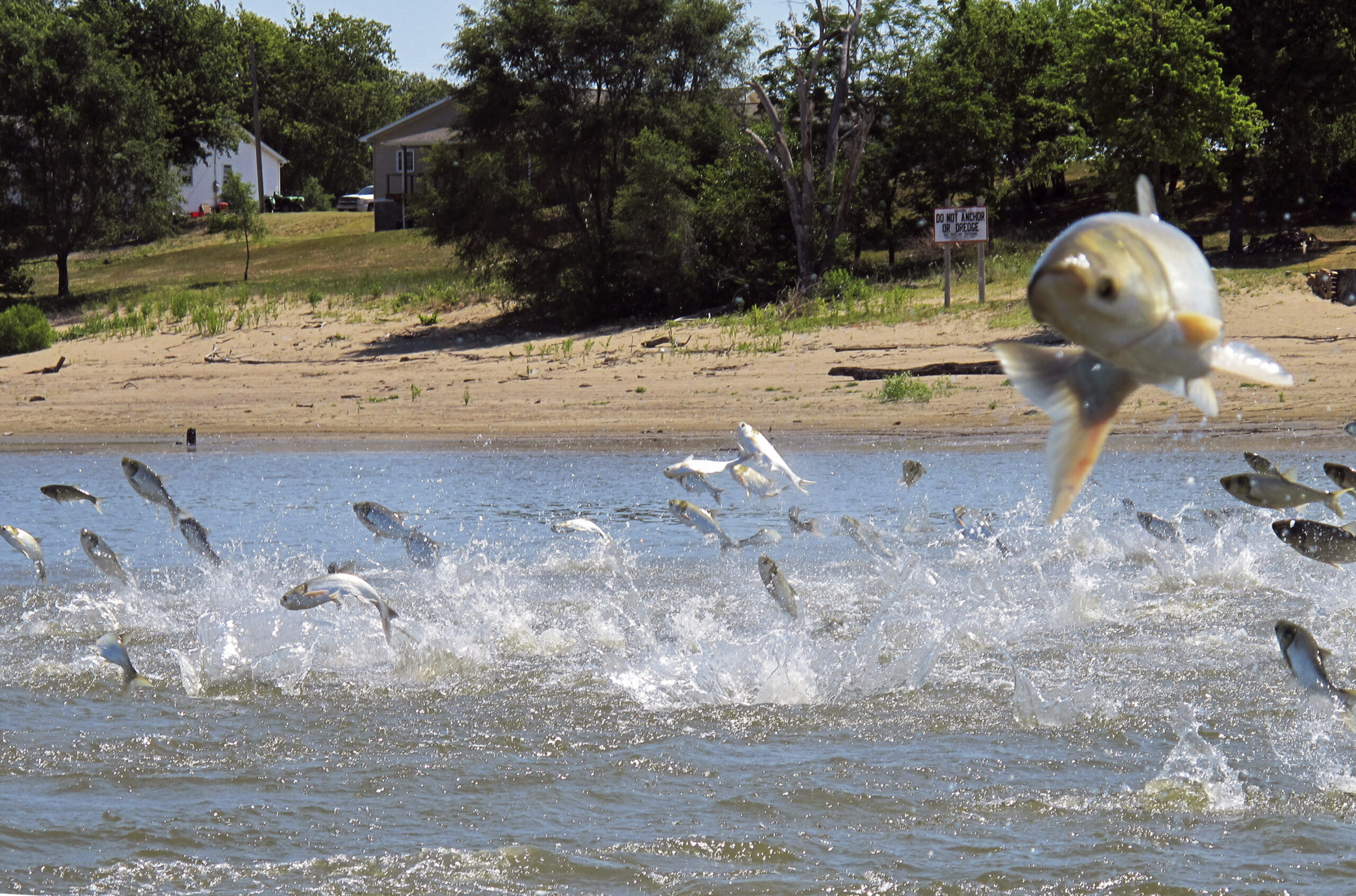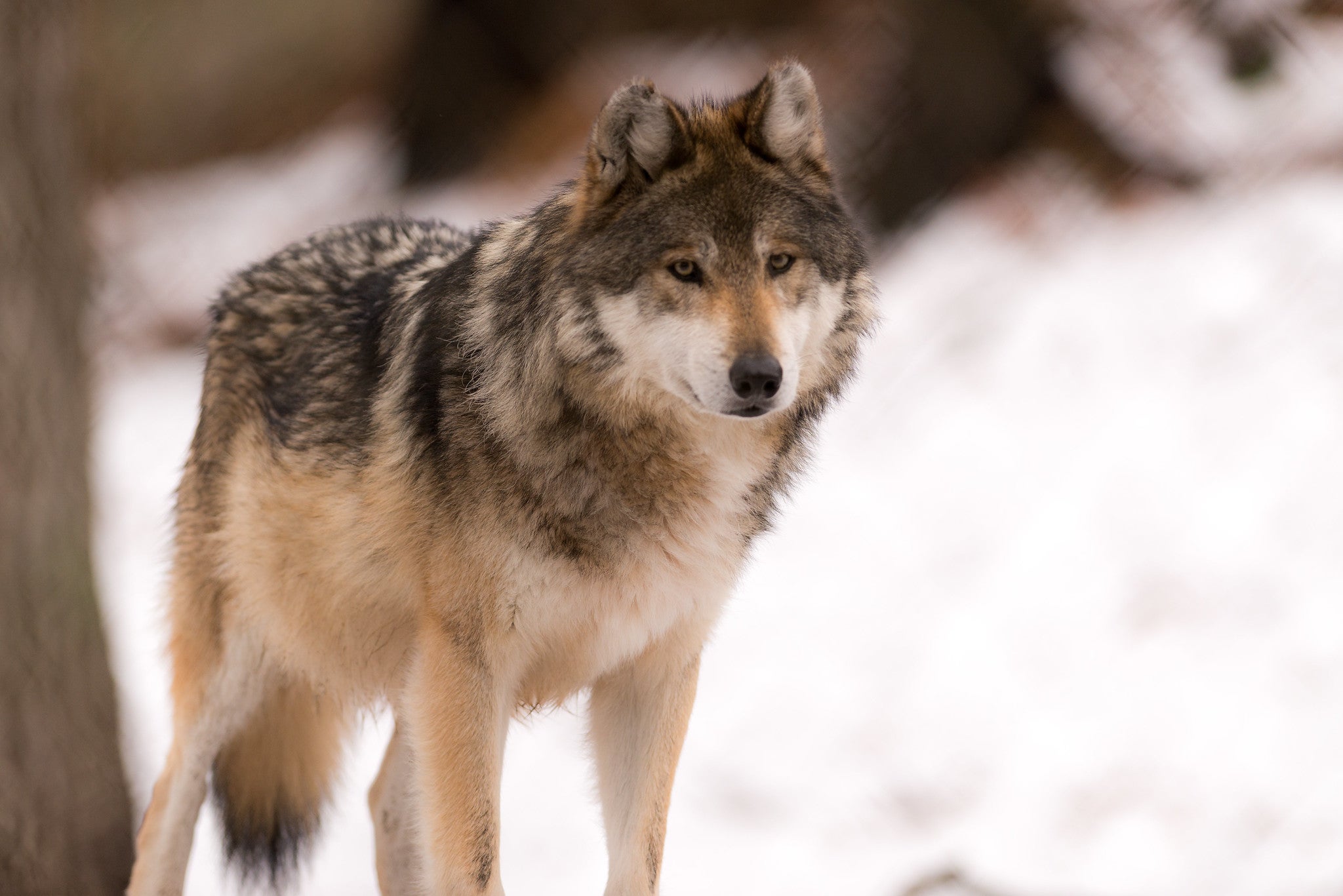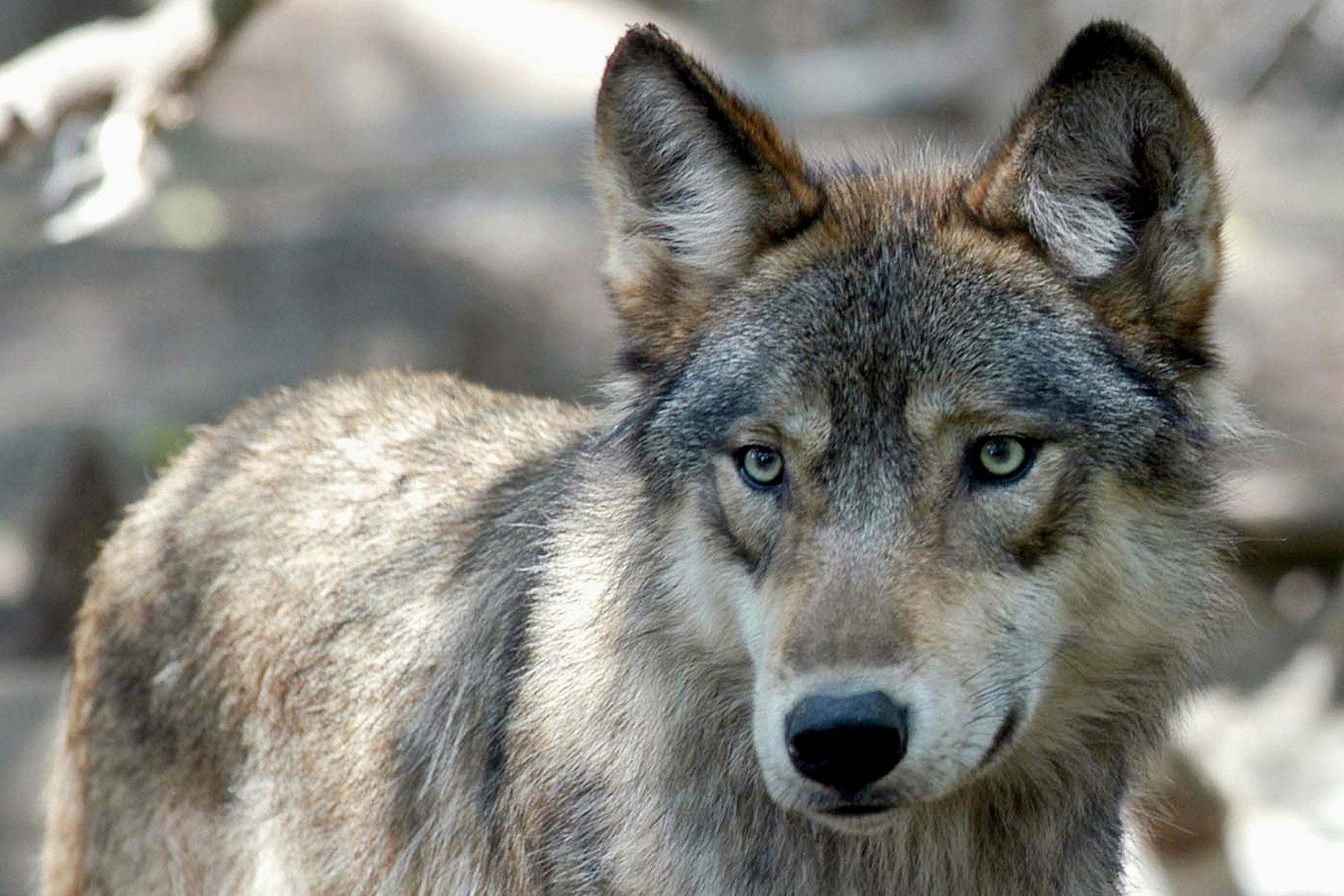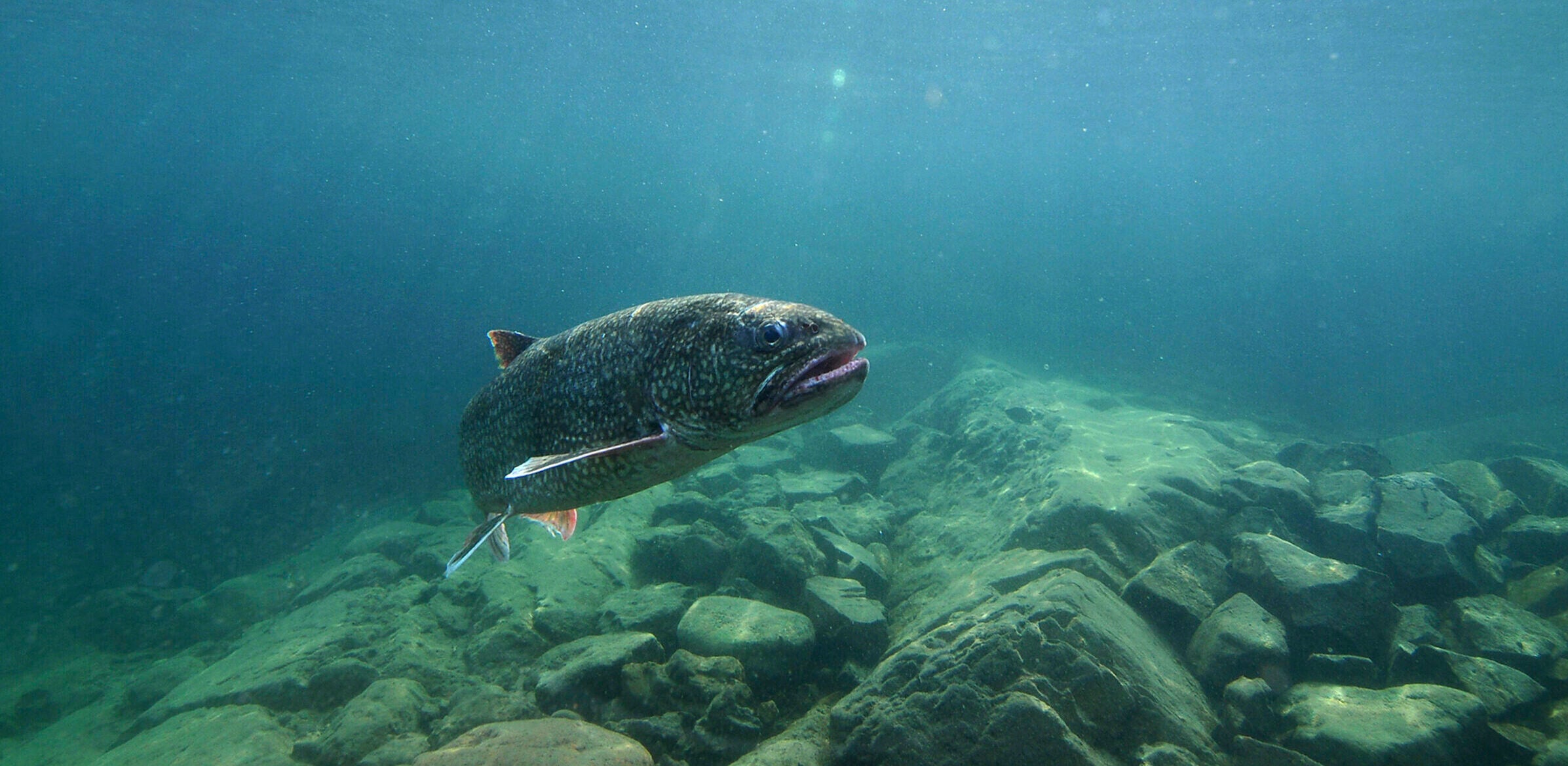The U.S. Fish and Wildlife Service has decided that lake sturgeon don’t need federal protections under the Endangered Species Act, saying the population remains resilient due to fish stocking and ongoing management.
The Center for Biological Diversity first petitioned the federal agency roughly six years ago to review whether the ancient fish should be listed as threatened or whether distinct populations are endangered due to dramatic declines in numbers.
The move had prompted concerns among Wisconsin’s congressional delegation and anglers that a listing would end sturgeon spearing in the Winnebago System, one of the largest known populations of lake sturgeon in the nation.
Will Meeks, the agency’s Midwest regional director, said more lake sturgeon spawning in their historical habitat is a sign that restoration efforts are working.
“This success is credited to many partners including states, Tribes, local organizations and others across the country coming together to conserve this species,” Meeks said in a statement.
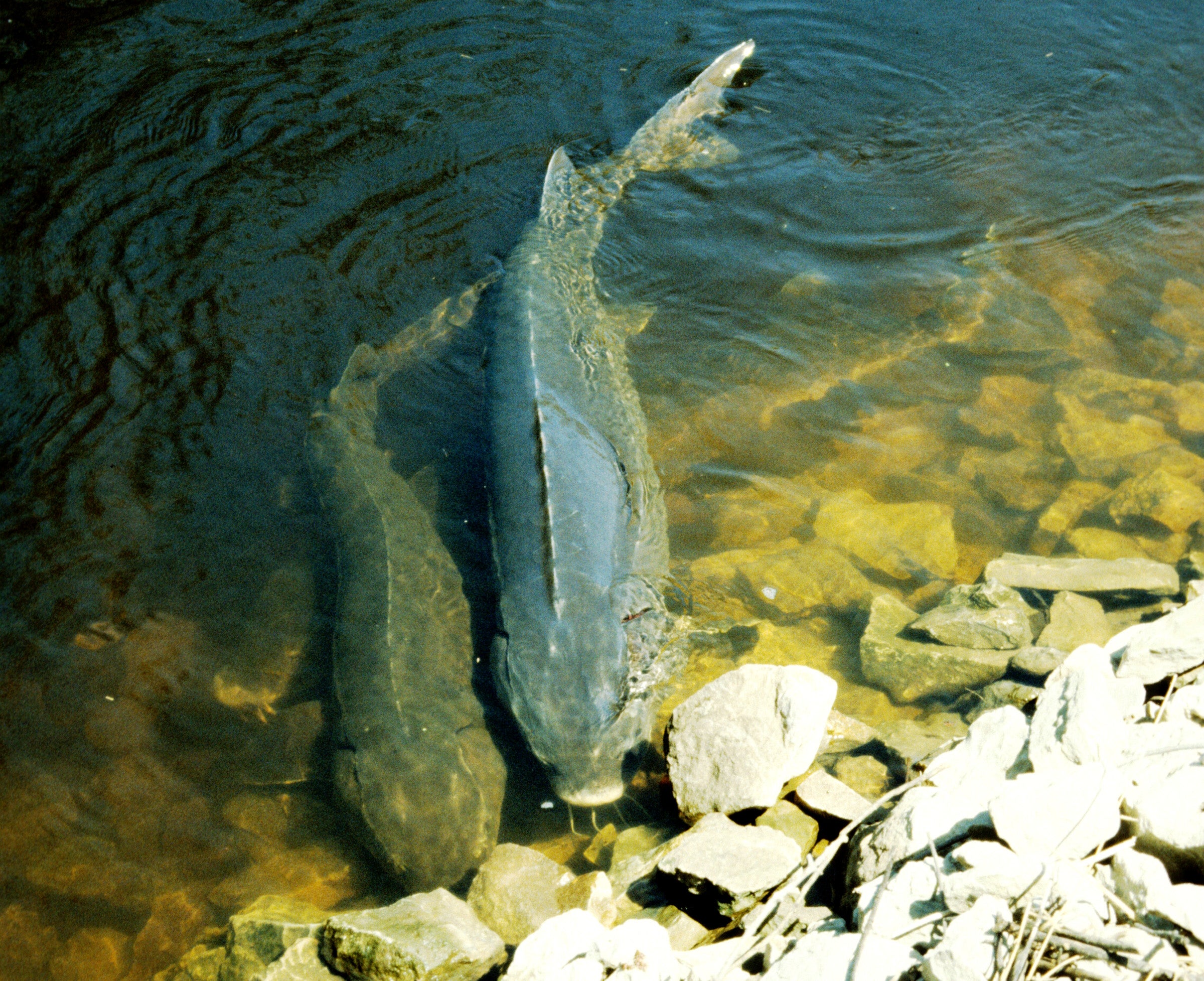
While their population has not returned to historic levels, the agency said stocking has boosted lake sturgeon numbers and led to their return in rivers across the country. The agency said dam removal, fish passages and habitat restoration have also aided conservation of the species.
Stay informed on the latest news
Sign up for WPR’s email newsletter.
Lake sturgeon are an ancient species that have survived since dinosaurs roamed the Earth, or at least 150 million years ago. They typically span 4 to 6 feet in length, and they can live up to 150 years. Adult male and female lake sturgeon can take anywhere from 12 to 30 years to mature before they begin spawning.
More than 15 million lake sturgeon once thrived in the Great Lakes, according to the Center for Biological Diversity. The conservation group argued that overharvesting and damming of rivers had reduced their population to roughly one percent of their historic numbers. Jeff Miller, the group’s senior conservation advocate, said the decision is bad for both lake sturgeon and anglers.
“While some populations are well managed, adult fish numbers are at a fraction of their historical levels despite decades of restoration efforts. The Fish and Wildlife Service decided not to protect distinct regional populations despite scientific findings that each watershed may contain genetically unique fish,” Miller said in a statement. “Endangered Species Act protection would bring a comprehensive recovery plan and ongoing funding to restore these iconic fish across their former range.”
The Winnebago System in Wisconsin is home to nearly 24,000 adult male lake sturgeon and roughly 18,000 adult female fish, according to the Wisconsin Department of Natural Resources. State regulators said it’s a “good, sustainable population.” Although, an unseasonably warm winter hindered this year’s spearing season. The DNR said it’s reviewing the agency’s finding.
The state’s Republican delegation in the U.S. House along with Democratic U.S. Sen. Tammy Baldwin and Republican U.S. Sen. Ron Johnson sent a letter to the agency urged Wisconsin’s population be exempt from any listing. Outgoing Republican Congressman Mike Gallagher also introduced a bill seeking to do just that. Fishing clubs in northeastern Wisconsin expressed concern over potential economic impacts of an end to spearing sturgeon.
The Center for Biological Diversity maintained a federal listing could ensure that fishing could continue by ensuring that lake sturgeon are harvested in a sustainable way, saying that exempting any state undermined the purpose of the Endangered Species Act.
Lake sturgeon are currently found in the Mississippi River and across the Great Lakes, including states like Minnesota, Michigan and Wisconsin. They are the largest fish on the Great Lakes and North America.
Wisconsin Public Radio, © Copyright 2025, Board of Regents of the University of Wisconsin System and Wisconsin Educational Communications Board.
